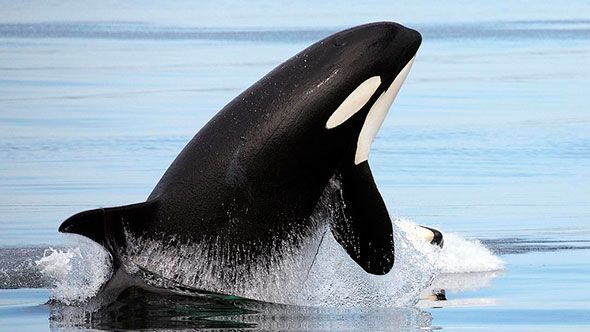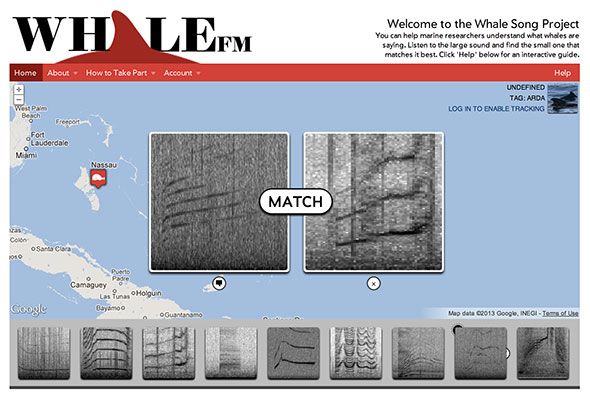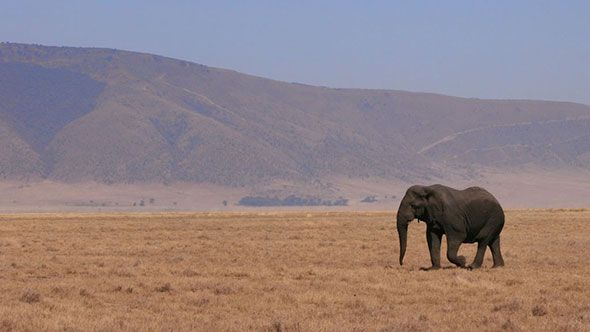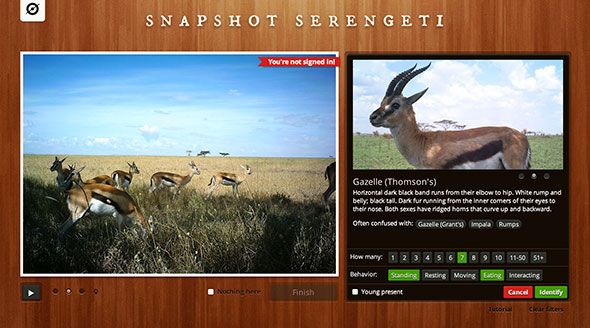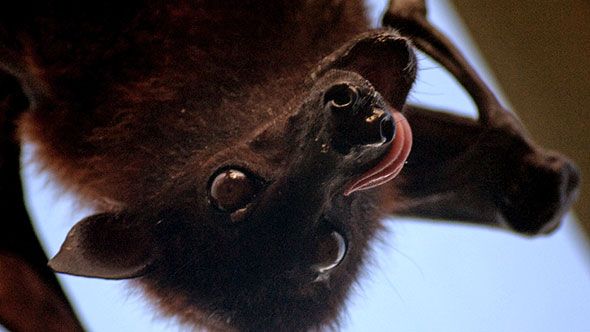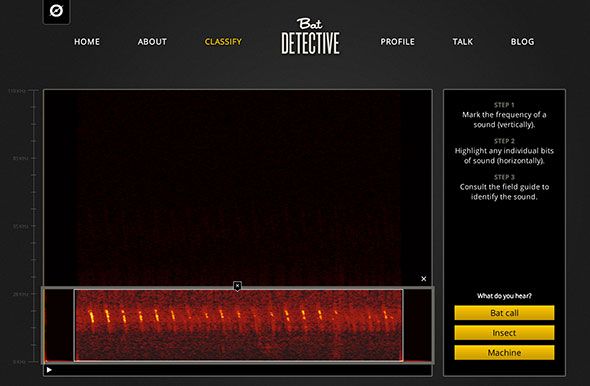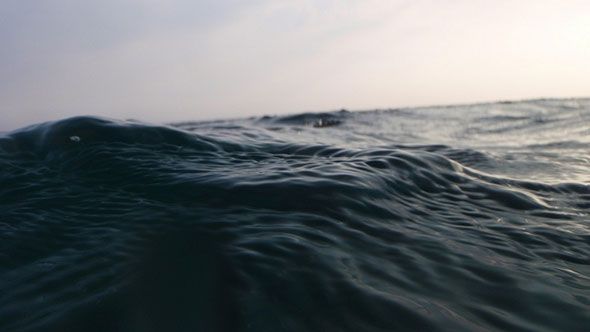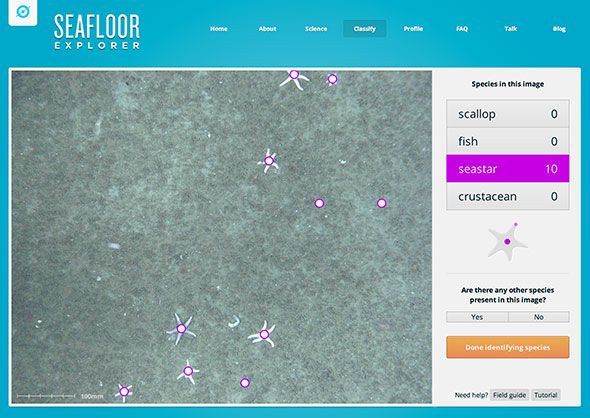Contributing towards scientific research doesn't always require you pay a monthly fee to your favourite projects. Exploring the ocean floor doesn't always require a wetsuit, and spotting exotic animals on the plains of Africa doesn't necessarily involve being on Safari.
The Zooniverse project brings together a set of websites which require your time – not money – in order to succeed. Fellow MakeUseOf author Saikat has already covered a portion of these projects in a recent astronomy article, and now you can focus your efforts a little closer to home with four other ongoing projects centred around the natural world.
If you're feeling the pinch but still want to help not-for-profit research, these four Zooniverse projects are just for you.
Whale.fm
Help identify whales by the sounds they make in the name of research using Whale.fm. The project features recordings made using specialised deep-sea microphones in a bid to examine how we as humans are affecting the planet's largest mammals. In addition to using your ears, each sound provided is paired with a spectogram so you can visually identify patterns.
Whale.fm involves matching the uncategorised sound provided with the selections found at the bottom of the screen. Each can be viewed as a spectogram and listened to, and there are even multiple choices for matching the correct sound with slight variations. Not every sound provided will necessarily be a whale, and some are quite hard to distinguish especially at a distance. Sonar from passing ships can often be found among the samples, both from the source and bouncing off the ocean floor.
The project includes recordings from both Orca and Pilot whales, with the overall aim of finding out how humans are interfering with the natural behaviour of these intelligent and majestic creatures. Many of the samples included in the Whale.fm project have been recorded during behavioural response studies, and along with the affects we're having on the ocean hope to determine a better understanding of whales, their vocal ranges and the existence of possible "dialects" among the species.
Find out more about the science or read the full tutorial to learn more.
Snapshot Serengeti
Probably my favourite of all the nature-oriented Zooniverse projects, Snapshot Serengeti takes you on a virtual trip to the plains of the Serengeti National Park in Tanzania. There are hundreds of camera traps laid all over the park, and that means thousands of photos to sift through which is no easy task. This is where crowdsourcing comes in!
Snapshot Serengeti is probably the easiest of all these projects to take part in, partly because it's more fun than identifying sounds on a spectogram and partly because the tools are very good at helping you identify animals. Not only can you help the project by categorising the captures, you can also learn a thing or two about wild game including the subtle differences between oft-confused species.
Over the past 45 years the University of Minnesota has run the Lion Project, research dedicated to learning more about these creatures. With the aid of 225 camera traps, one of the world's most beautiful national parks and crowdsourcing via the Internet they now hope to turn their efforts to the entire community of animals that co-exist in the region. You will definitely spot some exotic animals from zebra to wildebeest and hyenas to the odd park ranger in a Land Rover.
Find out more about the Snapshot Serengeti here.
Bat Detective
Bats are, in the eyes of biologists around the world, a very important creature and worthy of careful study. It is believed that the status of bat populations can be seen as a sign of the health of a region's environment as a whole as the creatures themselves are so sensitive to change. In addition to human impacts on habitats, colonies and birth rates, bats are believed to be indicative of climate change and thus can be seen as somewhat of an early warning sign.
The study of bats isn't so easy however, and much like Whale.fm above, this project relies on sound and visualisations of sound to be identified. Due to the way bats use sound to orient themselves, find food and communicate; they're considered to be quite noisy creatures. This provides researchers with a lot of data to sift through, data which even the most advanced computer software cannot necessarily help categorise.
So it's up to you to identify whether a sound is indeed a bat call and what type of call this is while isolating other sounds like insects and machinery. Of course it's easier said than done, but the project provides a good number of samples to help identify bats, typical calls to signify social, feeding or navigation as well as common insect noises and human interference.
Learn more about the importance of bats and science behind the research.
Seafloor Explorer
This particular project works much in the same way as Snapshot Serengeti, and requires visitors directly identify the sample from the background material to any fish, crustaceans or other creatures that might be present along the northeast continental shelf off the easy coast of the US. The data has been collected in the form of photographs by the HabCam cabled optical and acoustic imaging system.
HabCam, which stands for Habitat Mapping Camera System, collects data at rate of 100 nautical miles in each 24 hour period with six images being captured per second. In less than a year at sea more than 30 million images totalling more than 30 terabytes of data have been collected, and now it's time to start making sense of that sample range. It is hoped that detailed records of such an area can help marine biologists and environmentalists determine the rate of change for certain species in the area, which can be indicative of potential problems.
Much like Snapshot Serengeti, Seafloor Explorer is a little easier to get on with than the other two sound-based projects as all the data is visual. In addition to identifying materials, boulders, shells and fish, the process also requires the marking of species like seastars and scallops using your mouse. If you're not too sure what the difference between a live and dead scallop is then don't worry the documentation and tutorial helps bring you up to speed.
Find out more about the science as well as identifying certain species.
What do you think of these crowdsourcing efforts? Any favourite other Zooniverse projects? Add your thoughts in the comments, below this post - and don't forget to Like any comments you find helpful or useful!
Image Credits: Orca Whale (cmichel67), Serengeti Elephant (Doug88888), Fruit Bat (Thomas Lieser) [Broken URL Removed], Sea Waves (Dimitris Siskopoulos)


